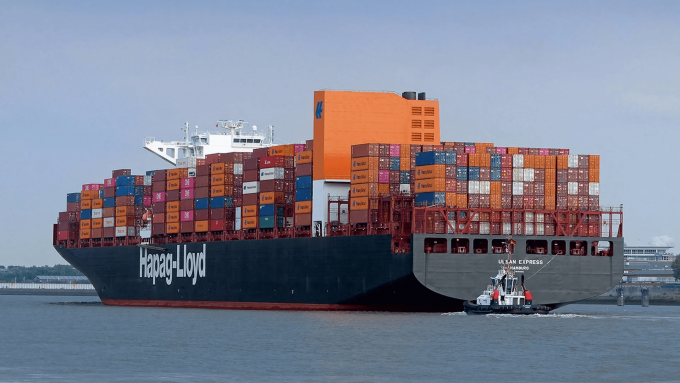CMA CGM 'testing the water' of the Suez Canal for more services
CMA CGM is again “testing the water” in the Suez Canal, which could prompt other ...

Draught limits on vessels seeking passage through the Panama Canal continue to show an extensive reach throughout the global supply chain.
The team at eeSea is actively tracking a number of key indicators, including day-to-day congestion just outside of the canal, as well as bordering ports, ...

Comment on this article